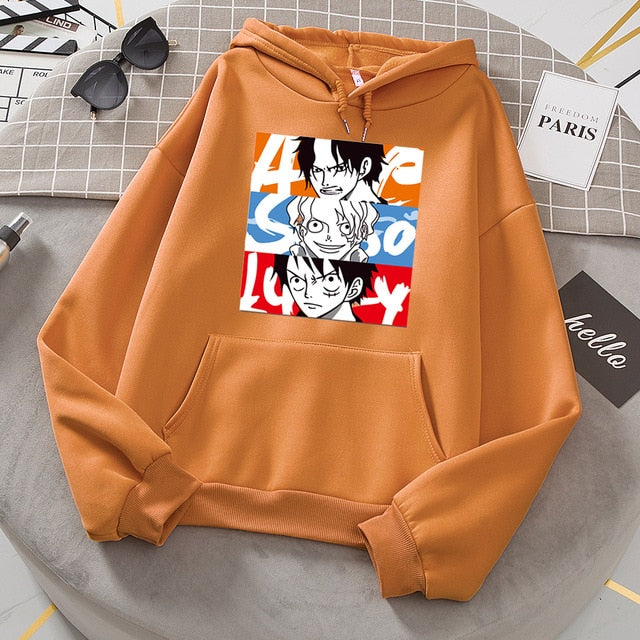News
The Global Impact of Anime: How Animation Transformed the World
The Global Impact of Anime: How Animation Transformed the World
Anime, the vibrant and diverse form of animation originating from Japan, has captivated audiences worldwide with its unique storytelling and visual style. Its influence extends far beyond its country of origin, shaping various aspects of popular culture and leaving an indelible mark on the world. In this article, we will explore the profound impact anime has had on different spheres, from entertainment and fashion to technology and art.
- Entertainment and Pop Culture:
Anime has significantly influenced the entertainment landscape, both within and outside of Japan. Its distinct art style, compelling narratives, and diverse genres have attracted a dedicated fan base globally. The success of anime series like "Dragon Ball," "Pokémon," and "Naruto" has propelled them into international phenomena, inspiring countless fans to delve deeper into the world of animation.
Furthermore, the growth of streaming platforms, such as Crunchyroll and Netflix, has made anime more accessible than ever, enabling fans to connect with a vast array of titles. This accessibility has contributed to the exponential growth of the anime community, fostering conventions, cosplay events, and fan-driven initiatives that celebrate the medium.
- Fashion and Cosplay:
Anime's influence on fashion cannot be overlooked. The distinct character designs, iconic outfits, and hairstyles have inspired fashion trends, particularly within the cosplay community. Cosplay, the art of dressing up as anime characters, has become a global phenomenon, with conventions and events dedicated to celebrating this form of self-expression.
Moreover, anime-inspired fashion, known as "otaku fashion" or "Harajuku fashion," has gained popularity worldwide. The fusion of vibrant colors, unconventional styles, and a mix of traditional and modern elements has influenced street fashion, particularly in Japan and Asian countries.
- Technological Advancements:
Anime has also played a role in shaping technological advancements. In the realm of virtual reality (VR) and augmented reality (AR), anime-inspired experiences have emerged, allowing fans to immerse themselves in their favorite worlds. Companies have developed VR and AR applications that enable users to interact with beloved characters, explore virtual environments, and even attend virtual anime events.
Additionally, anime has been at the forefront of digital animation techniques. Japan's anime industry has embraced computer-generated imagery (CGI), blending it seamlessly with traditional hand-drawn animation. This innovative approach has pushed the boundaries of animation and influenced techniques used in other animated productions worldwide.
- Art and Storytelling:
Anime's influence extends to the world of art and storytelling. Its unique visual style, characterized by exaggerated features, vibrant colors, and intricate details, has inspired artists globally. Many artists incorporate anime elements into their works, blending traditional techniques with contemporary aesthetics.
Furthermore, anime's storytelling has demonstrated its ability to tackle complex themes, explore diverse genres, and create narratives that resonate with audiences. Its impact on storytelling techniques, character development, and emotional storytelling has influenced not only animation but also other forms of visual media, including film and television.
Conclusion:
Anime's impact on the world is undeniable. It has transformed the entertainment industry, leaving an indelible mark on pop culture, fashion, technology, and art. Its ability to captivate audiences with compelling narratives, innovative animation techniques, and distinct visual style has inspired a global community of fans and creators.
As anime continues to evolve and gain even greater recognition, its influence is set to expand further. With its rich storytelling, vibrant artistry, and dedicated fan base, anime will undoubtedly continue to shape and inspire the world for years to come.





